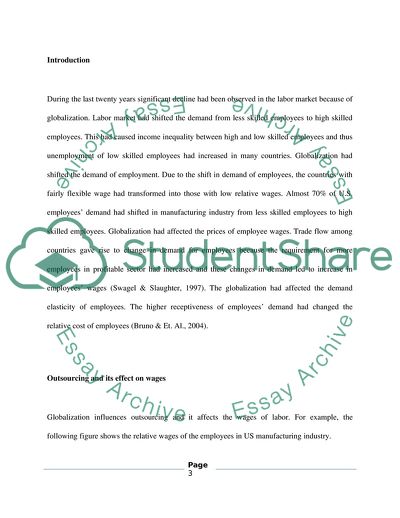Cite this document
(Measures Taken by the International Labour Organization and Trade Unio Coursework - 2, n.d.)
Measures Taken by the International Labour Organization and Trade Unio Coursework - 2. Retrieved from https://studentshare.org/human-resources/1752199-human-resources-management
Measures Taken by the International Labour Organization and Trade Unio Coursework - 2. Retrieved from https://studentshare.org/human-resources/1752199-human-resources-management
(Measures Taken by the International Labour Organization and Trade Unio Coursework - 2)
Measures Taken by the International Labour Organization and Trade Unio Coursework - 2. https://studentshare.org/human-resources/1752199-human-resources-management.
Measures Taken by the International Labour Organization and Trade Unio Coursework - 2. https://studentshare.org/human-resources/1752199-human-resources-management.
“Measures Taken by the International Labour Organization and Trade Unio Coursework - 2”. https://studentshare.org/human-resources/1752199-human-resources-management.


